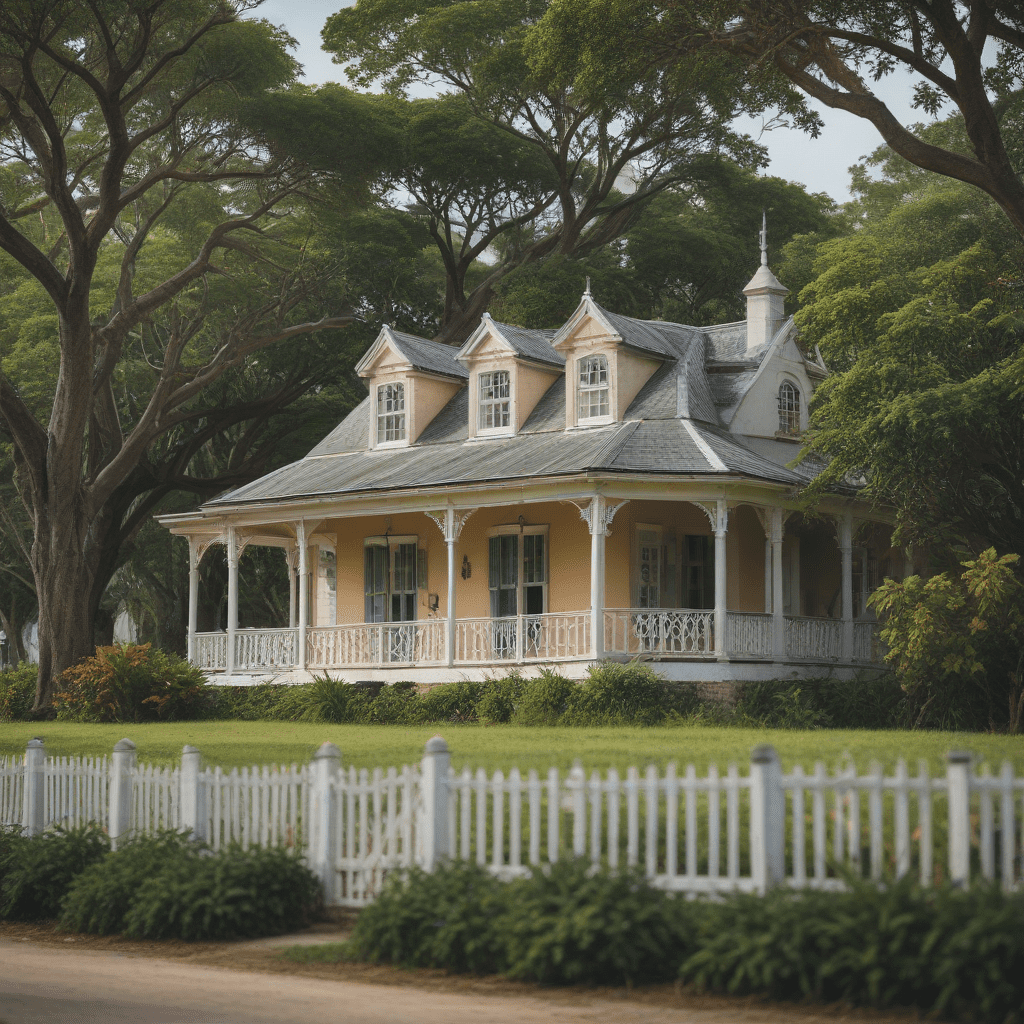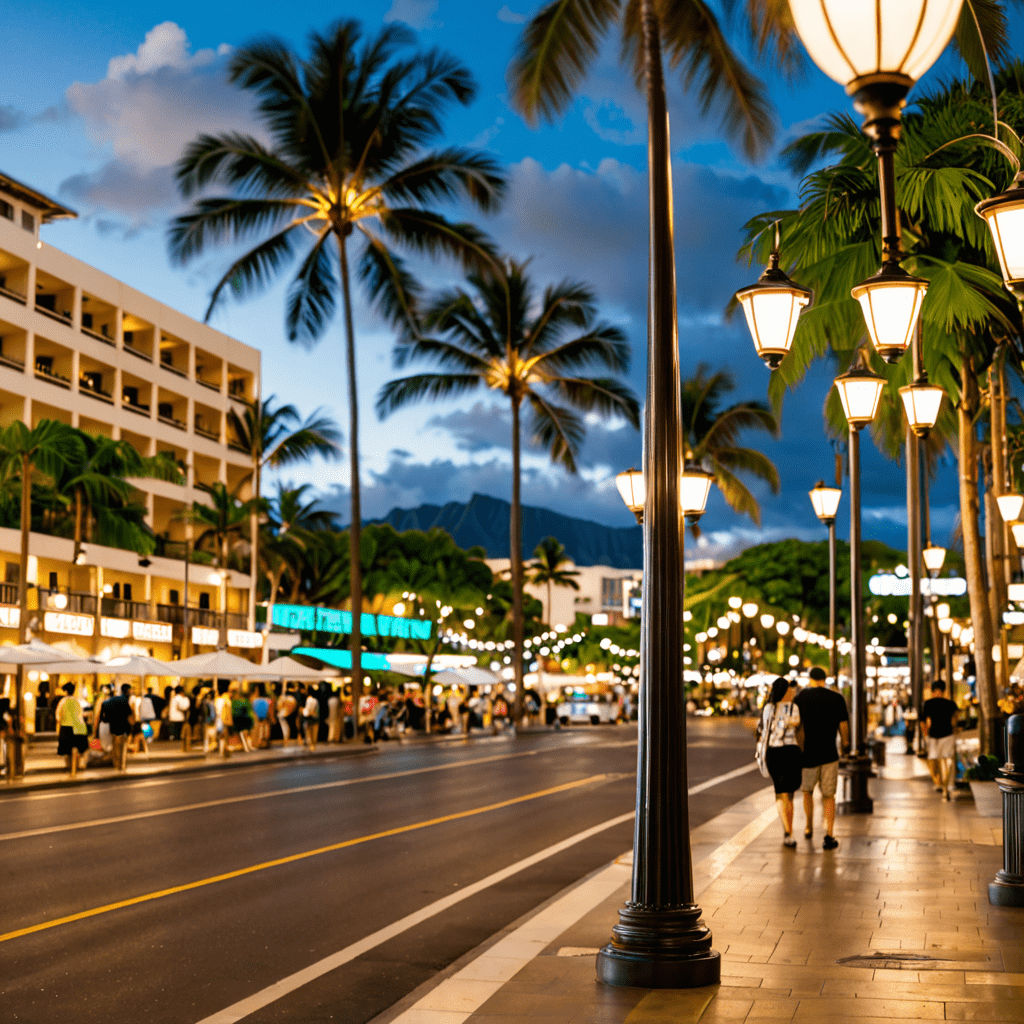
Exploring the Enchanting Plantation Houses of Barbados
Barbados, a captivating Caribbean island nation, beckons travelers to delve into its rich history and architectural heritage. The island's legacy is deeply intertwined with its plantation past, and its plantation houses stand as exquisite testaments to a bygone era.
Historical Roots: A Glimpse into Barbados' Colonial Past
The establishment of sugarcane plantations during the 17th century propelled Barbados into a position of economic significance within the British Empire. These plantations, predominantly owned by wealthy British landowners, showcased opulent plantation houses that mirrored the grandeur and opulence of their owners. Today, these magnificent structures are not only architectural masterpieces but also offer a glimpse into Barbados' intriguing colonial history.
Sunbury Plantation House: A Testament to Jacobean Grandeur
Sunbury Plantation House, a remarkable example of Jacobean architectural style, welcomes visitors with its symmetrical facade and intricate gables. Originally constructed in the 17th century, this grand residence has been meticulously preserved and restored, reflecting the splendor of Barbados' plantation era. Explore its opulent rooms adorned with period furniture, immersing yourself in the lifestyle of the island's elite during the 17th and 18th centuries.
St. Nicholas Abbey: A Symphony of Victorian Elegance
Nestled amidst lush sugarcane fields, St. Nicholas Abbey transports visitors back to the Victorian era. This meticulously preserved great house boasts an impressive collection of Victorian furniture, art, and artifacts, providing a fascinating glimpse into the lives of its former occupants. Take a leisurely stroll through its picturesque gardens and savor the panoramic views of the surrounding countryside.
Morgan Lewis Mill: A Retelling of Barbados' Sweet Past
Morgan Lewis Mill stands as a testament to Barbados' long-standing association with sugar production. This former sugar mill complex has been carefully restored to showcase the machinery and techniques used to process sugarcane into sugar. Embark on a guided tour and discover the intriguing history of sugar production that played a pivotal role in shaping Barbados' economic and social landscape.
6. Experience Farley Hill National Park: A Picturesque Legacy of a Plantation
Farley Hill National Park, once a thriving sugarcane plantation, now captivates visitors with its picturesque ruins and lush greenery. Explore the remnants of the plantation's grand great house, offering breathtaking views of the surrounding countryside. Wander through the park's verdant trails, encountering ancient trees and a variety of bird species, creating a serene and evocative ambiance that transports you back in time.
7. Exploring Drax Hall Plantation: A Living Museum of Barbadian Heritage
Drax Hall Plantation, with its history dating back to the 17th century, invites you to delve into the heart of Barbadian heritage. This well-preserved plantation house showcases a collection of artifacts and exhibits, narrating the captivating story of Barbados' plantation past. Embark on a guided tour, immersing yourself in the lives of enslaved Africans and indentured servants who worked on the plantation, gaining a deeper understanding of Barbados' complex history.
8. Marvel at the Architectural Charm of Codrington College: A Colonial Masterpiece
Codrington College stands as a testament to the architectural prowess of the colonial era. Founded in the 18th century, this majestic building boasts stunning Gothic Revival architecture, intricately designed stained glass windows, and a tranquil chapel. Explore its hallowed halls and admire the college's impressive collection of historical documents and artifacts, providing a captivating glimpse into Barbados' educational and religious past.
9. Step Back in Time at Welchman Hall Gully: A Tropical Plantation Landscape
Nestled in the heart of Barbados, Welchman Hall Gully transports visitors to a bygone era. This tropical plantation landscape features a lush ravine adorned with towering trees, exotic plants, and cascading waterfalls. Embark on a leisurely stroll along its winding trails, immersing yourself in the tranquility and beauty of this natural sanctuary. Discover hidden caves and learn about the area's fascinating geological history, creating a truly unforgettable experience.
10. Conclusion: The Enduring Legacy of Barbados’ Plantation Houses
Barbados' plantation houses stand as enduring symbols of the island's rich history and cultural heritage. These architectural gems provide a captivating glimpse into Barbados' colonial past, offering a profound understanding of the island's journey from its plantation roots to the vibrant nation it is today. Exploring these magnificent structures is not only an educational experience but also an opportunity to appreciate the beauty, resilience, and cultural diversity that define Barbados' unique identity.
FAQs:
- What is the best time to visit Barbados' plantation houses?
The best time to visit Barbados' plantation houses is during the dry season, which runs from December to April, when the weather is at its most pleasant.
- How much does it cost to visit Barbados' plantation houses?
Admission fees to Barbados' plantation houses vary, typically ranging from US$10-$30 per person.
- Are there guided tours available at Barbados' plantation houses?
Yes, guided tours are available at most of Barbados' plantation houses, providing visitors with an in-depth understanding of their history and significance.
- Can I take pictures inside Barbados' plantation houses?
Photography is generally permitted inside Barbados' plantation houses, but it is always advisable to ask for permission before taking any pictures.


